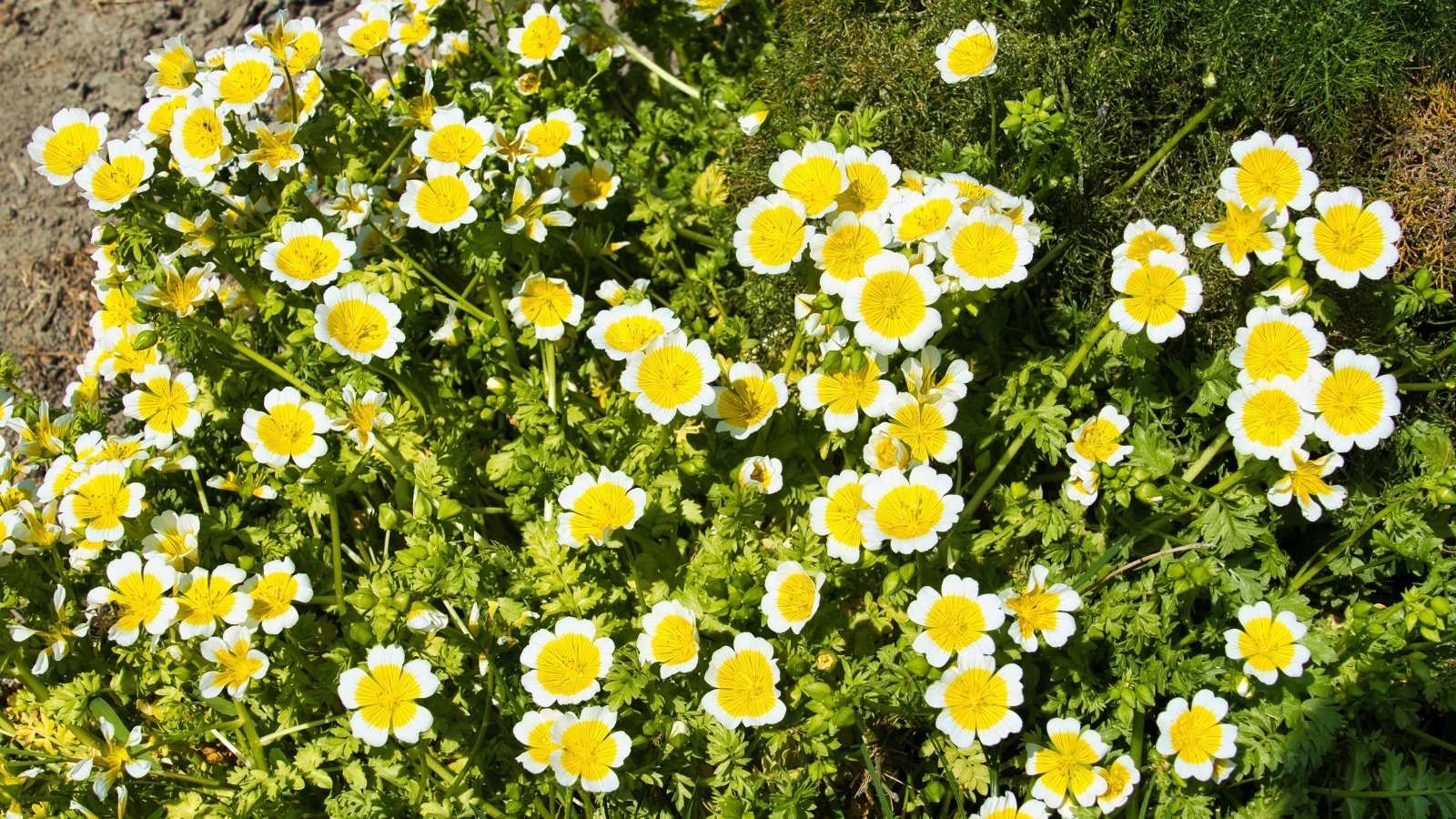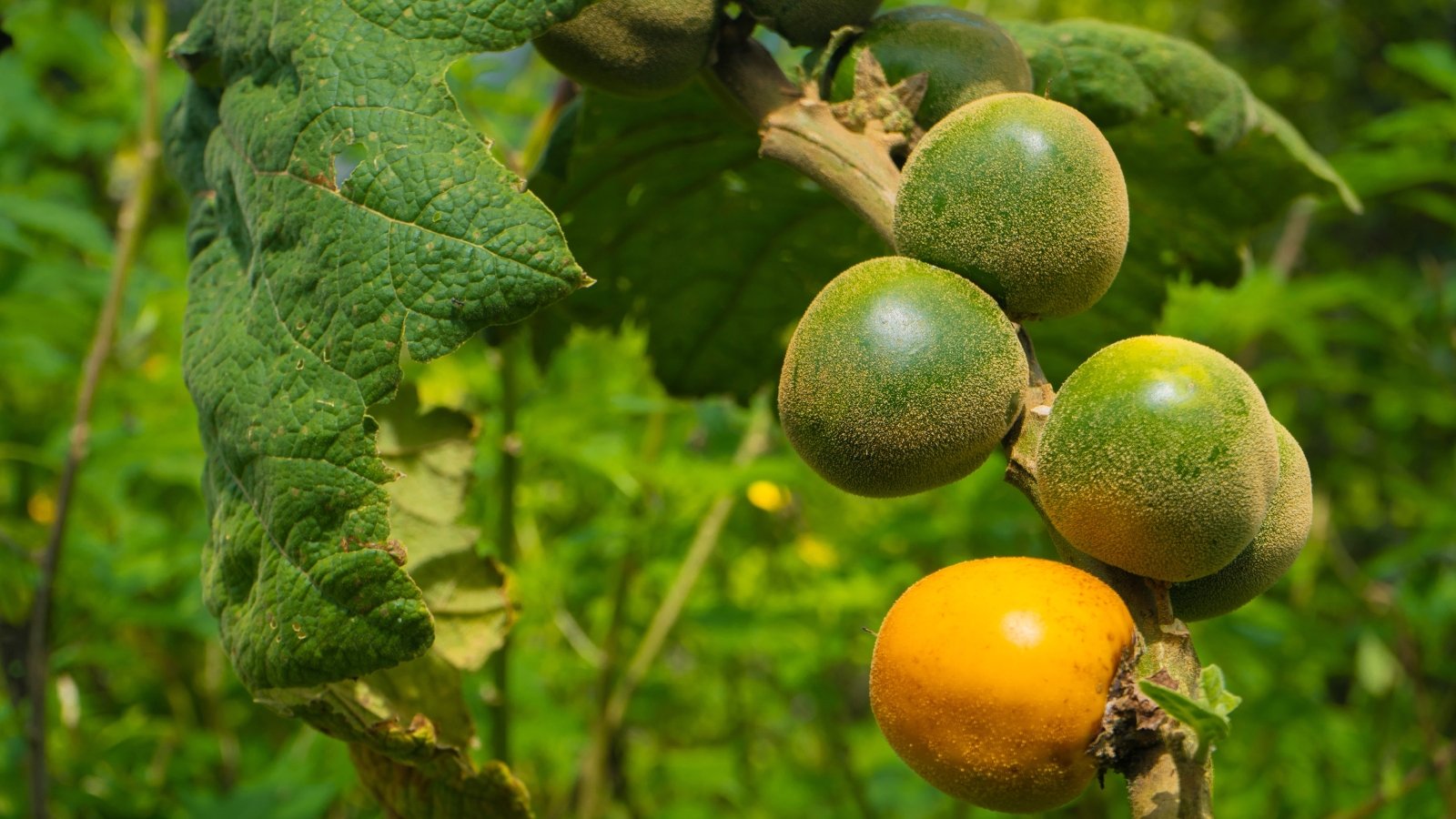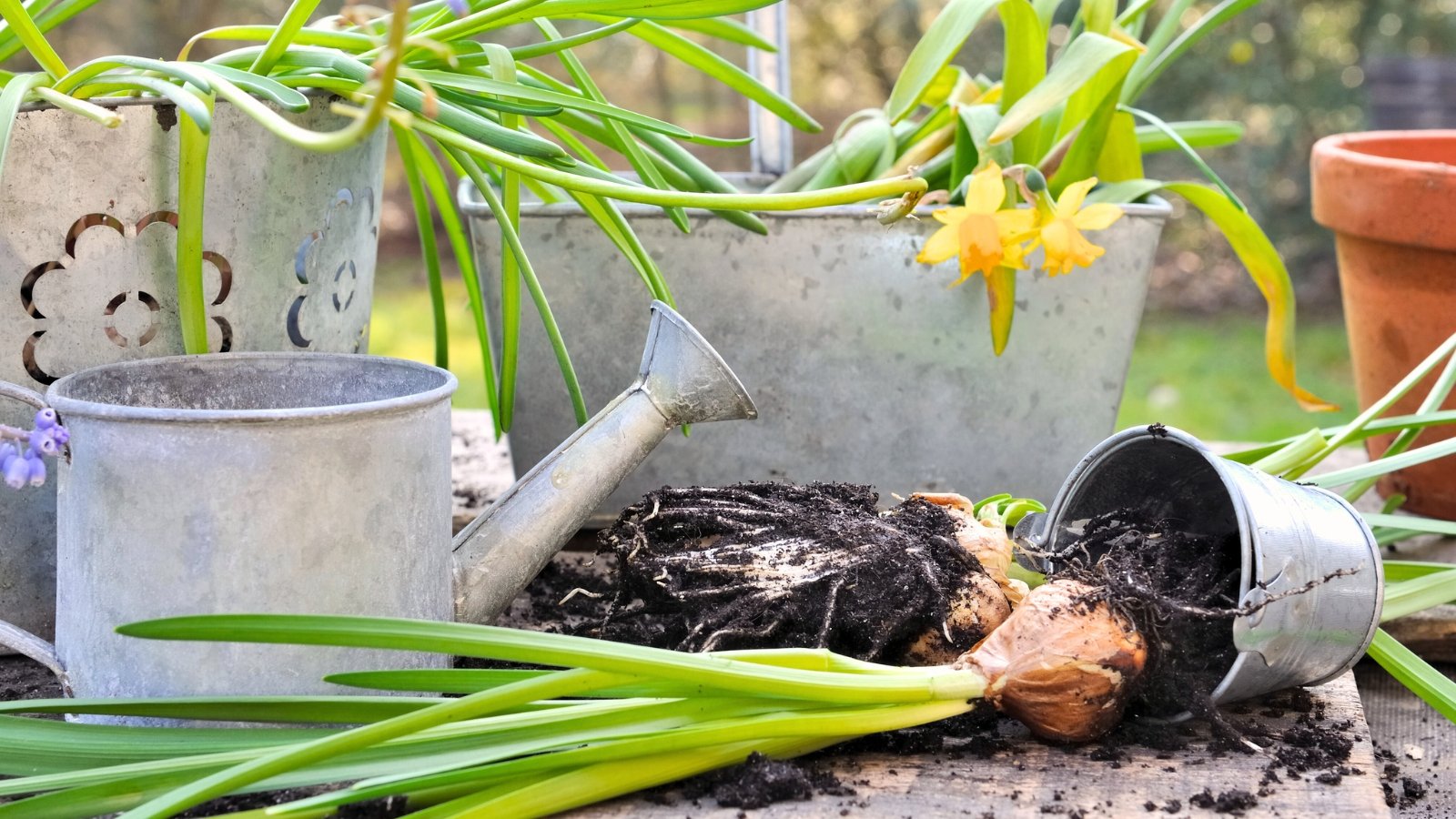
How and When to Divide and Transplant Daffodils
[ad_1]
There’s one factor magical about rising daffodils from bulbs. You tuck the uninspiring storage organs into the underside, overlook about them for a few months, then watch foliage and pleasant flowers emerge. And with so many varieties to pick from, the flowers not at all get boring.
When you may think your involvement throughout the daffodil’s life is over after the flowers bloom, this isn’t on a regular basis the case. Fertilizing is a key part of post-bloom care, as is defending an eye fixed fastened out for pests. Plus, you may also want to dig, divide, and transplant the bulbs to increase the number of daffodils that brighten up your yard.
Although eradicating daffodils from the underside may seem trickier than planting them, it’s simple. I’ll share the biggest time to dig and divide the bulbs, the best way to place collectively them for storage, and introduce a few strategies you presumably can resolve what to do with the extra crops you end up with after the dividing course of.
Do I Must Divide My Daffodils?
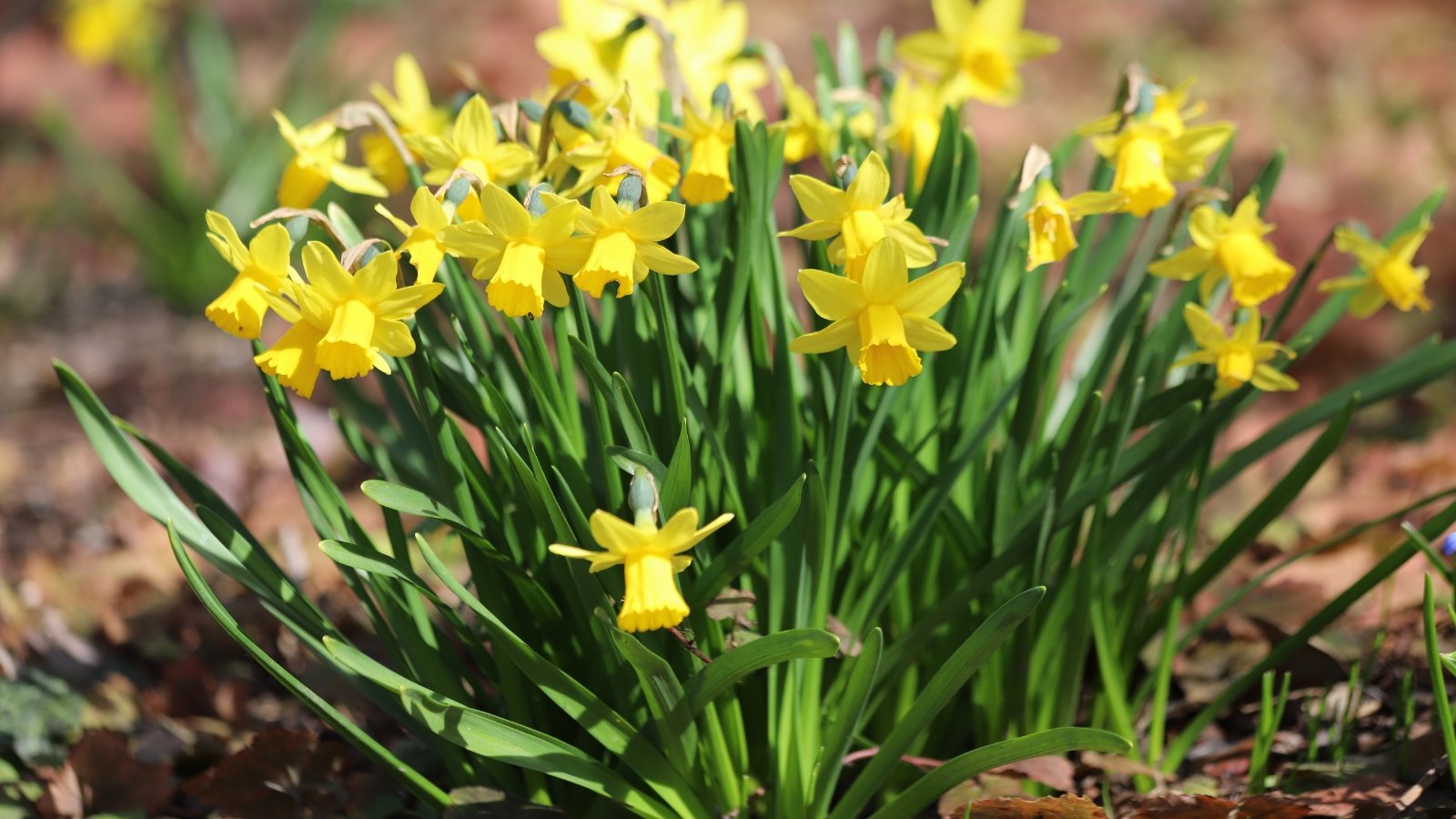

Many gardeners assume their solely place in daffodil care is planting them the first yr. As long as you get them into the underside on the right time of yr and protect them shielded from hungry critters, the crops will proceed their wondrous cycle of blooming each spring. For in all probability essentially the most half, that’s true.
Most daffodils will keep healthful all through the few years following planting. Nonetheless, as they proceed to provide new bulbs, the crops grow to be crowded and produce fewer blooms. While you don’t should dig and divide the bulbs—deserted cottage plantings have been thriving for a few years—doing so can improve plant nicely being and may help you switch the crops someplace new.
How and When to Dig, Divide, and Transplant Daffodils
While you resolve you want to divide your crops, observe these steps.
Wait Until the Correct Time
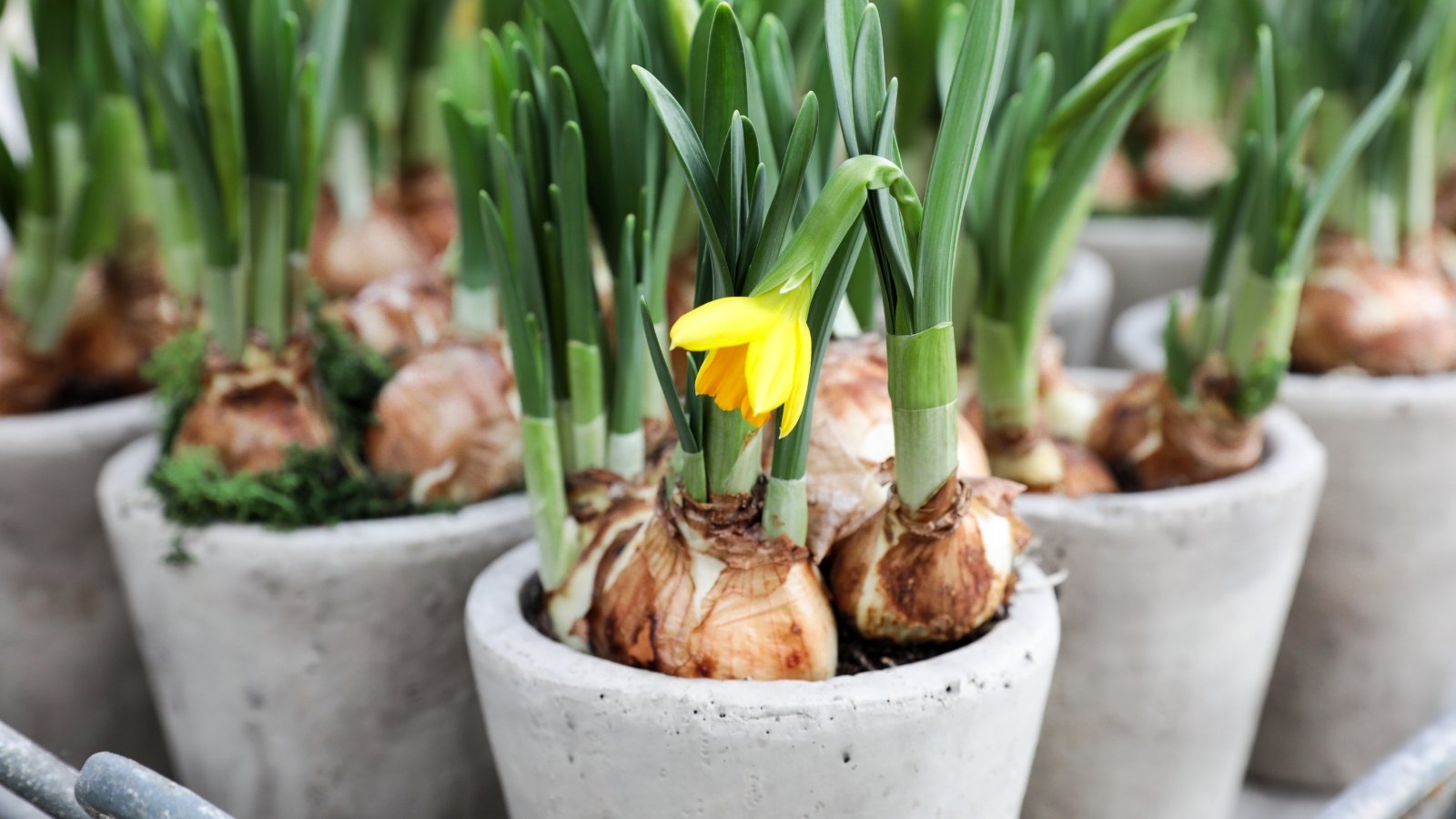

There are two selections for digging and dividing your crops. You presumably can dig them throughout the late spring or early summer season after the leaves flip brown, otherwise you presumably can dig them throughout the fall. Every of these events work properly, so considering the professionals and cons may additionally assist you to resolve which is biggest for you.
Nonetheless, it is best to stay away from digging when the crops nonetheless present inexperienced leaves. Although this obtained’t kill the plant, it is going to limit the amount of vitality that makes its approach to the bulbs. Attributable to this truth, the crops may not produce flowers the subsequent spring.
Late Spring
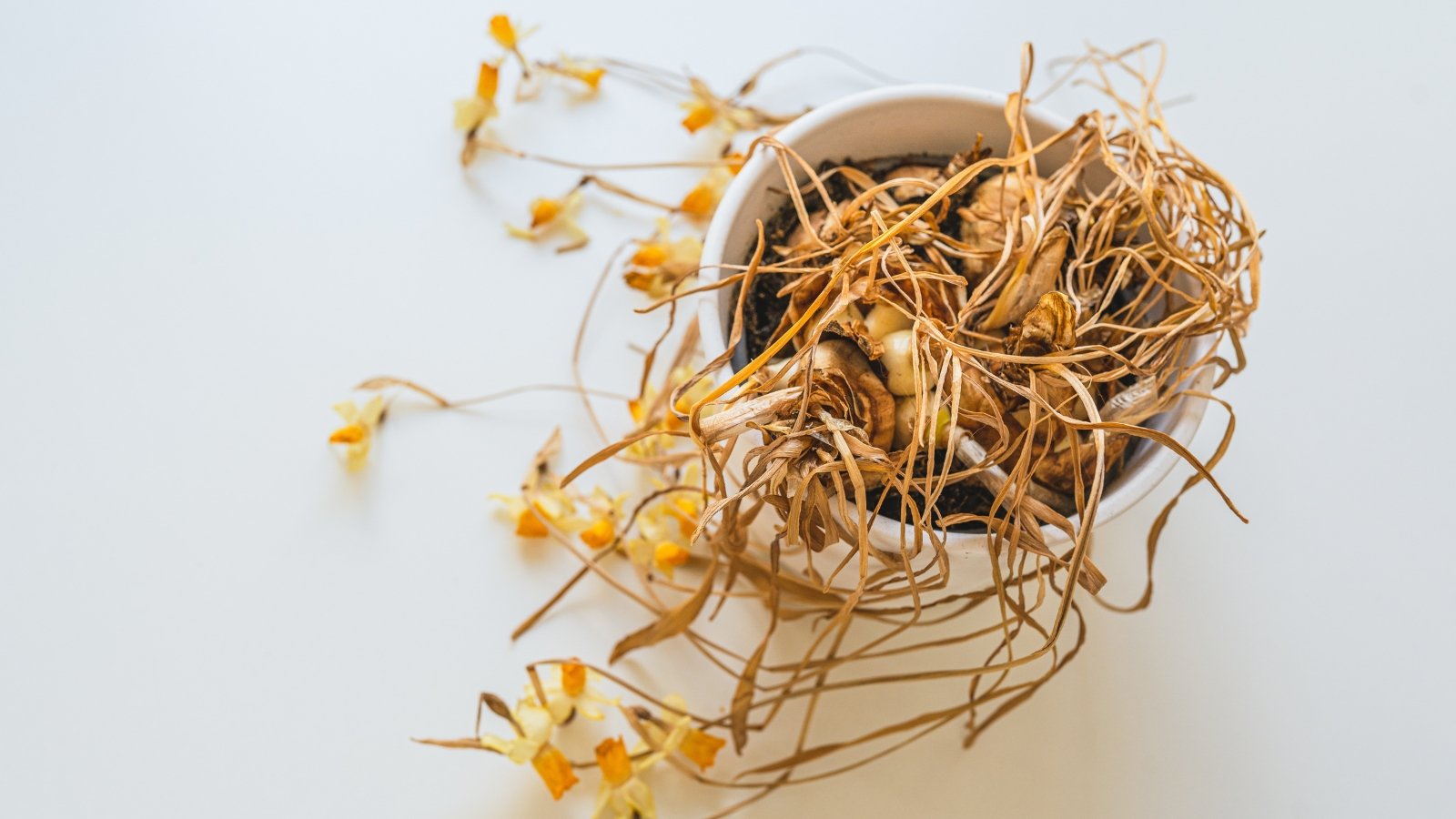

Digging throughout the late spring supplies fairly just a few advantages. The brown foliage makes it easy to search out the bulbs, so that you simply don’t should rely in your memory or yard map to search out them. The foliage moreover makes it a lot much less seemingly that you just’ll by probability pierce the bulbs whereas digging.
When you choose to dig and divide throughout the spring, wait until all of the leaves have gentle from inexperienced to brown. At this degree, the leaves are completed capturing picture voltaic vitality they use to make sugars. In a number of areas, daffodils are capable of dig six to eight weeks after they bloom.
Spring dug daffodils can each be replanted immediately or dried for fall planting. I’ll current particulars on drying beneath.
Fall
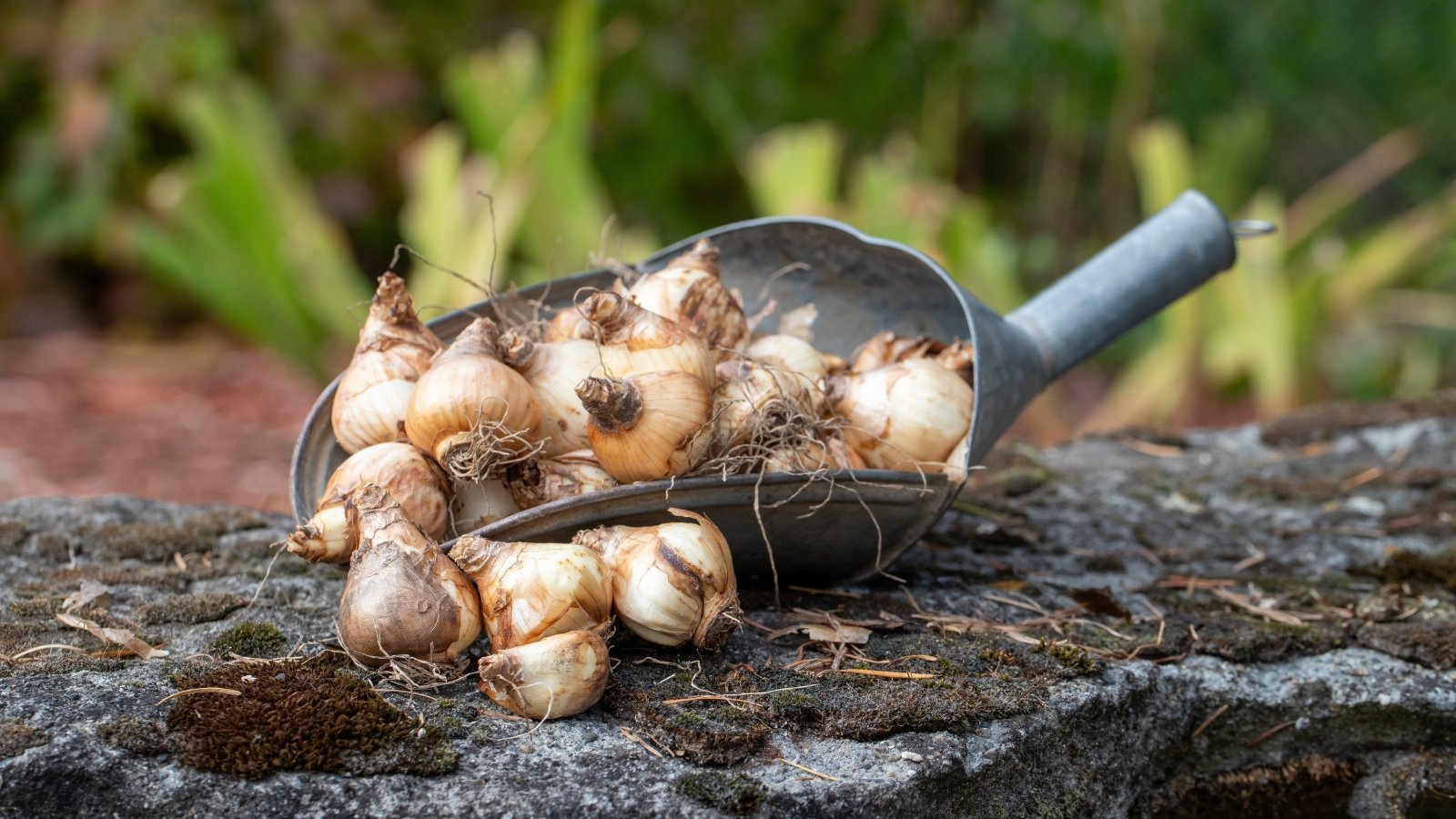

While you don’t have time to dig your bulbs throughout the spring or don’t want to deal with drying and storing them over the summer season, you can also dig them throughout the fall. Nonetheless, fall digging is a bit trickier since crops no longer present their leaves. Which means you may need to rely upon memory to search out out the place the daffodils are located.
Nonetheless, in case you dig throughout the fall, you presumably can replant them on the wonderful time of yr. This allows you to forgo worrying about hurt from summer season heat and ensures the storage organs get hold of the chilling hours they require to bloom the subsequent spring. Merely ensure that to plant them on the right time to verify they get hold of the chilly they need and get throughout the ground sooner than it freezes.
Dig Them Up
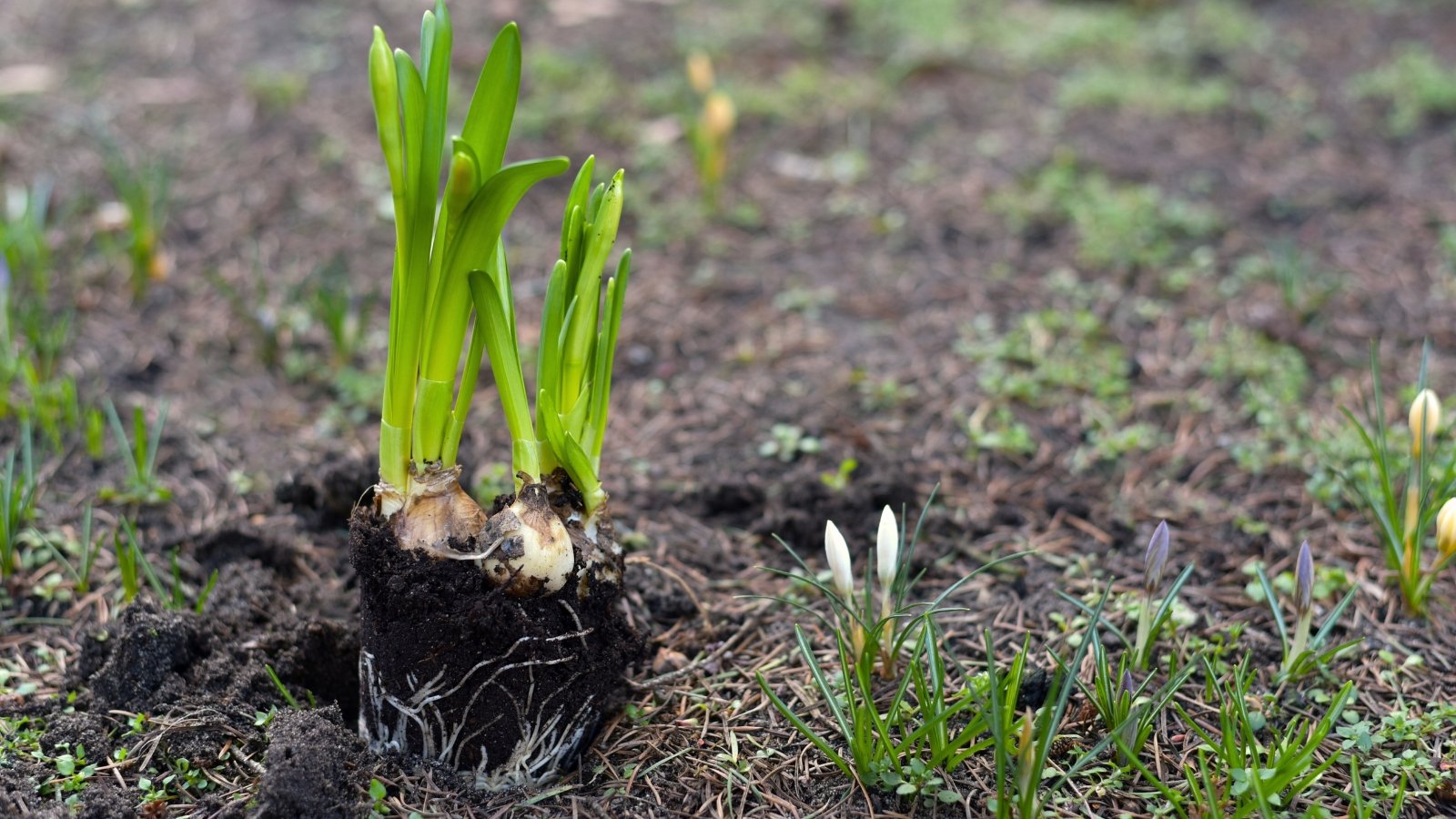

Use a shovel or digging fork to carefully unearth them. I favor to insert the software program a few inches away from the bulbs to stay away from damaging them. It’s biggest to stay away from digging on moist days since moist soil is sticky and makes it robust to dig.
After you unearth the bulbs, brush off the excess soil collectively together with your palms. If there’s a lot of soil sticking to the bulbs, use a hose to clean it off. If foliage stays to be related to the very best, decrease it off with a knife or pair of pruning shears.
Divide Them
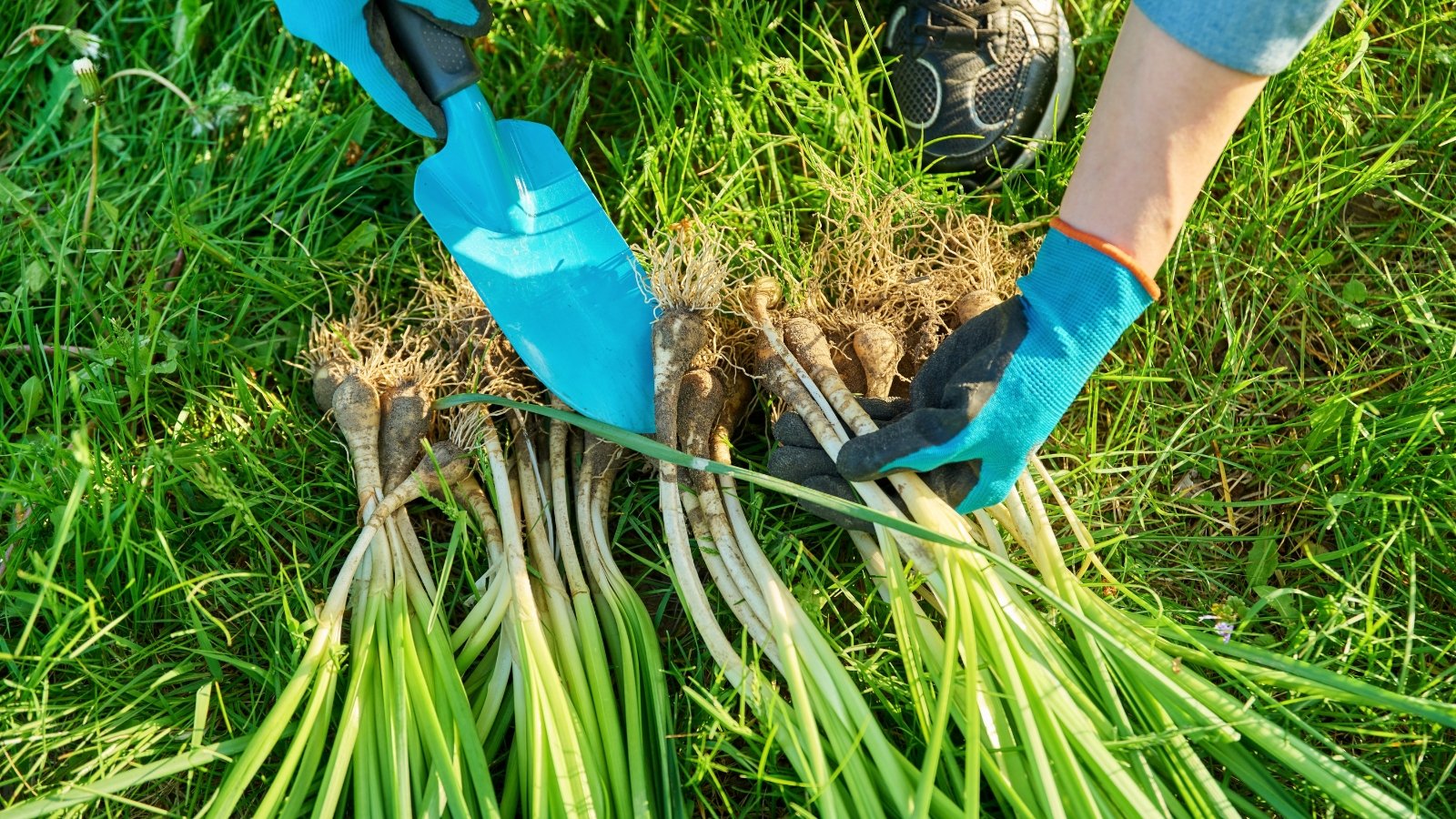

After you’ve eradicated the bulbs from the underside, it’s time to divide. As daffodils develop, they produce smaller daughter bulbets subsequent to the originals. These bulblets are genetically equal to the dad and mother, not just like the seeds that daffodils produce. Attributable to this truth, growers often view division as the simplest method to propagate daffodils.
These daughter bulbs will keep related to the mother. The plant will produce further foliage and flowers, leading to an even bigger daffodil clump. Nonetheless, the crops obtained’t unfold all via your gardening like rhizomatous crops.
Fortunately, these daughter bulbs have a easy method of telling us whether or not or not or not they’re capable of survive on their very personal. Seize certainly one of many new bulblets collectively together with your fingers and give it a light tug. If it releases from the precept bulb, it’s capable of replant. Nonetheless, in case you actually really feel any resistance, go away it until subsequent yr.
Replant Them
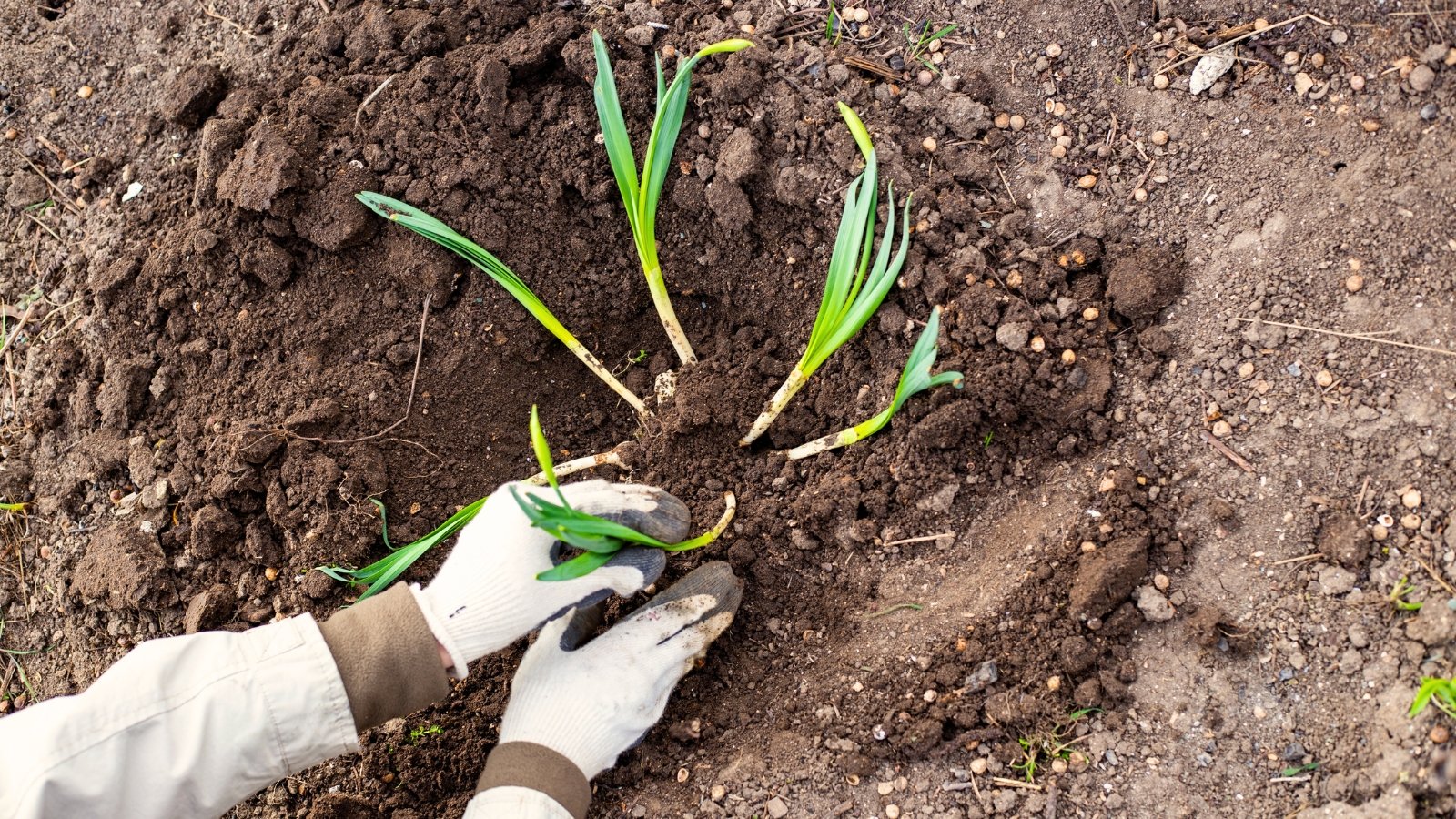

In the event you acknowledge the place you want the extra daffodils to go, you presumably can transplant them the similar day you dig them. That is relevant to those dug throughout the spring or fall.
Choose a location with well-draining soil and full to partial photo voltaic. Dig a niche that’s twice as deep as a result of the bulb’s prime. As an illustration, dig a two-inch hole if a bulb is an inch tall. While you’re planting a lot of flowers, space them 6-12 inches apart.
Dry Them for Storage
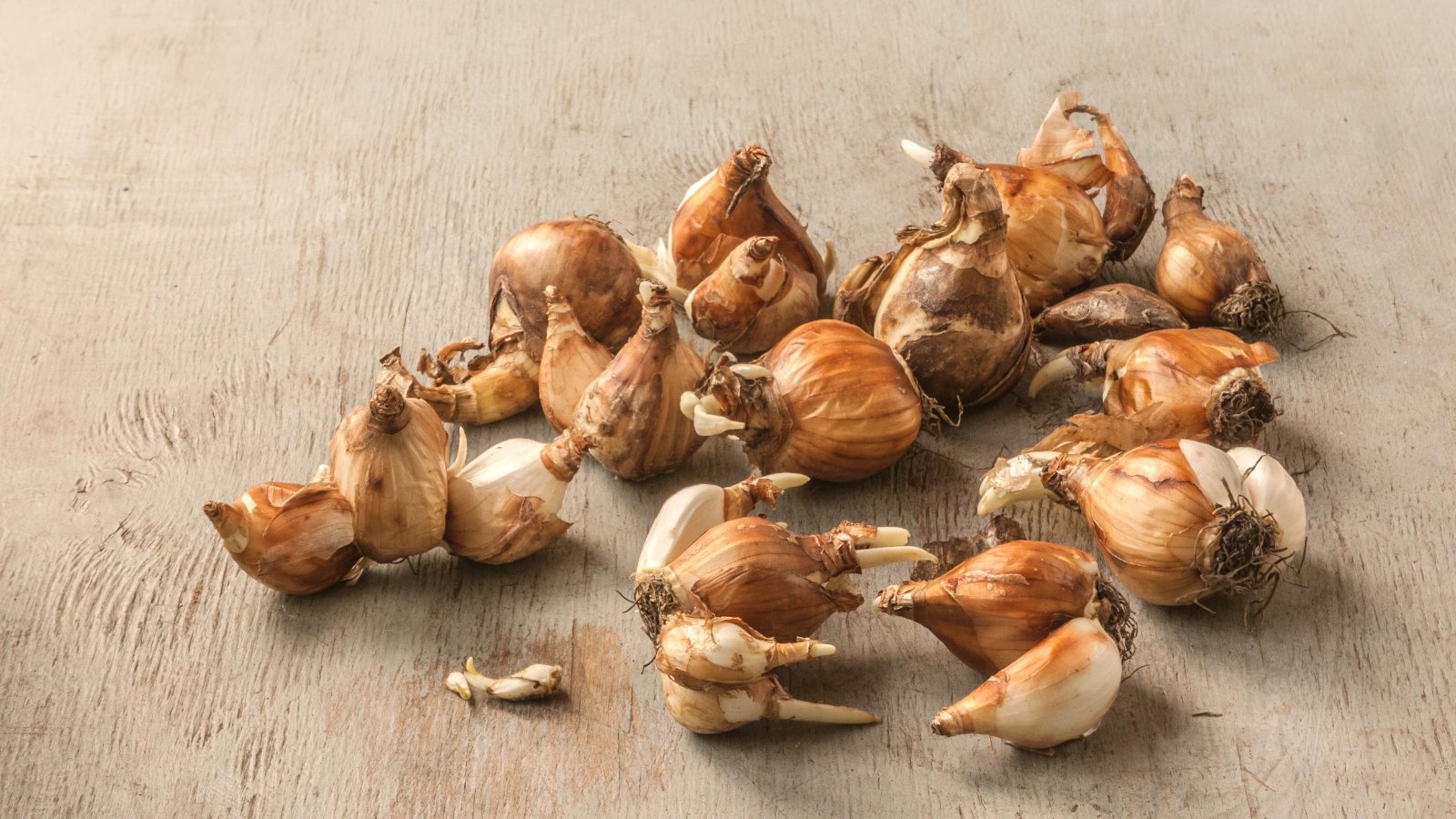

While you don’t want to plant the bulbs immediately or want to share them with mates, you’ll need to organize them for storage.That’s important for gardeners rising daffodils outside their hardiness range.
First, brush off any extra soil. You don’t need to scrub the bulbs, nonetheless it is best to take away any large grime chunks.
As quickly as they’re significantly clear, lay them in a single layer and place them in an applicable location to dry. Choose a cool and shady spot with good airflow. A shelf in a cool storage or shed works good, as does a lined porch.
After a few week, the bulbs have to be comparatively dry and ready for storage. Within the occasion that they aren’t, protect them of their drying space and take a look at them every few days to see within the occasion that they’ve dried totally. Then place them in a breathable container like a cardboard subject or mesh bag then set them someplace cool, darkish, and dry. A cool storage or basement often works properly.
When you choose to retailer the bulbs over the summer season, you presumably can replant them the subsequent fall.
Steadily Requested Questions
You presumably can dig up daffodil bulbs if the crops have gotten crowded or when you want to switch the crops to a model new area. While you dwell in a warmth native climate, you may also should dig up the bulbs so that you presumably can chill them.
Avoid eradicating the foliage when the crops are completed blooming. You presumably can take away the outdated flowers, nonetheless this isn’t wanted. You presumably can take away the leaves after they’ve turned brown, nonetheless you don’t should.
You presumably can propagate daffodils from seeds and bulb division. Nonetheless, division is usually preferred as a result of it ends in crops which may be equal to the daddy or mom.
[ad_2]
Provide hyperlink
